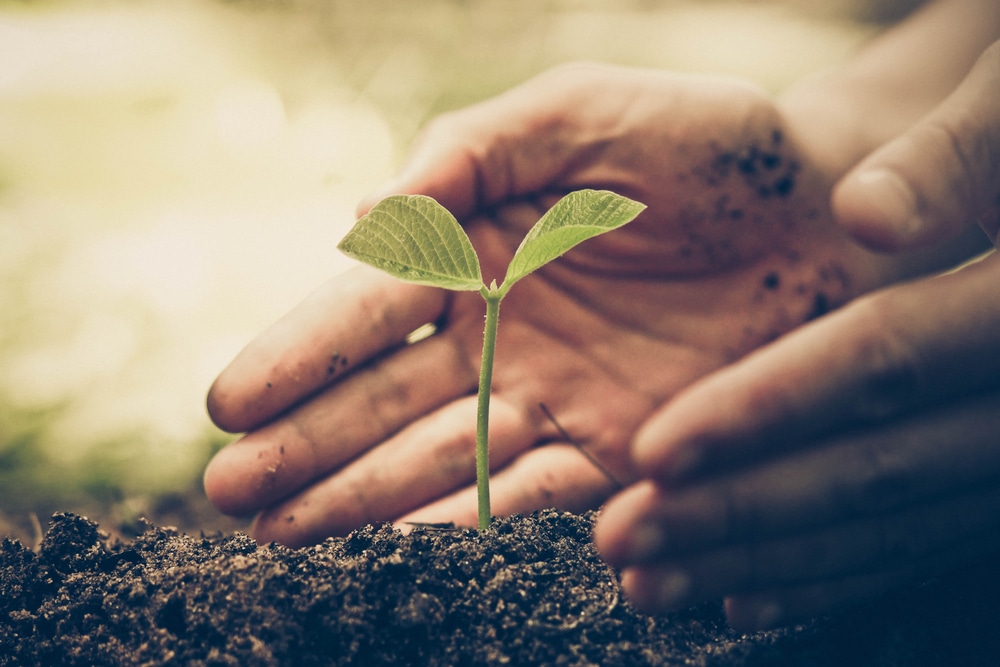When people think of plastics, environmentally-friendly usually doesn’t come to mind. What if we told you that there is a polymer that could change the common perceptions about plastic and, in the process, change the outlook for the environment?
The testing we perform allows us to experiment with a few unique materials that are truly extraordinary: some that are not only useful in industry but good for the planet as well. That’s why we are excited about polyhydroxybutyrate (PHB). PHB is a biodegradable and biologically based polymer.
Our scientists love what they do, but it’s not every day that one of our scientists gets as excited as Gavin Smith is about polyhydroxybutyrate. Gavin says “this is the stuff of the future: renewable materials that just break down to water and carbon dioxide when degraded by microorganisms found in the soil.”
It might be easy to dismiss this polymer as yet another plastic–a material that is constantly regarded as unsustainable and pollution-creating because most plastics are derived from petrochemicals. Petrochemicals are derived from oil and gas and, obviously, are not sustainable materials.
PHB, however, is both bio-derived and biodegradable. A bio-derived substance is created entirely from raw materials found in nature. A biodegradable material is one that can be broken down by living organisms, like bacteria. Fortunately for scientists and innovators, PHB can do both.
PHB is bio-derived when microorganisms (bacteria) are propagated in a glucose-controlled environment and then have their nutrients restricted. When this happens, carbon assimilation occurs and PHB is eventually produced. This biologically-created material and the manufacturing required to utilize it have a far smaller ecological footprint than their oil and gas-derived counterparts.
When PHB and the materials created with it reach the end of their lifespan, PHB can be thrown out, and it will naturally degrade without causing pollution. A wide range of microbiotic species can degrade PHB, including Bacillus and Streptomyces–microbes commonly found in the soil. Because this polymer can be broken down so easily into water and carbon dioxide, it’s considered a very sustainable polymer with far-reaching applications.
PHB is starting to be produced in some transgenic plants for which the gene governing its production has been grafted into the genome of the plant. This makes production and harvesting faster and easier.
There are few limits to the uses for PHB. Since it can be injection-molded, there are a wide array of uses for it in consumer products. PHB can be used in products ranging from simple plastic tableware to cutting edge surgical stitches and surgical pins. A lot of PHB research is also being done in the world of drug delivery.
Some forms of PHB are even bioabsorbable. PHB that is available in bioabsorbable sheets has been used in nerve gap repair. It is truly a diverse material that will only increase in usefulness as development and testing continues while the cost to manufacture PHB will certainly go down.
In our over 30 years of polymer science and materials testing, we’ve never lost that sense of curiosity and love for great science. When we see a material like PHB that has a chance to transform industries–and lives for the people these materials help–we can’t help but love the work we do.
The sense of continued innovation is inspiring and is especially interesting when a material can be both useful and sustainable at the same time. We hope to see more materials made with PHB that can replace the plastics that end up in landfills and in our oceans. With the help of brilliant scientists, we can make improvements everyday that contribute to a better world.

